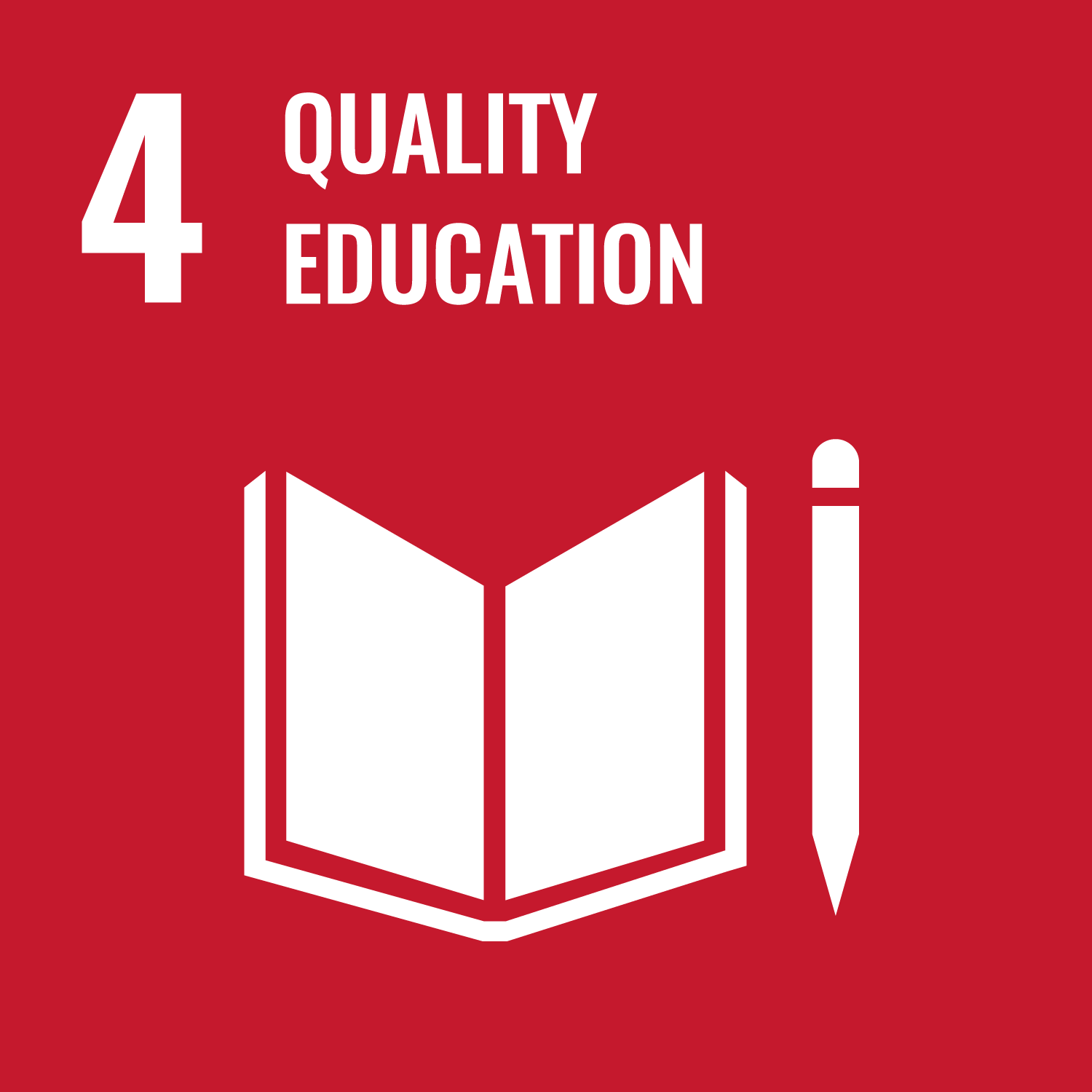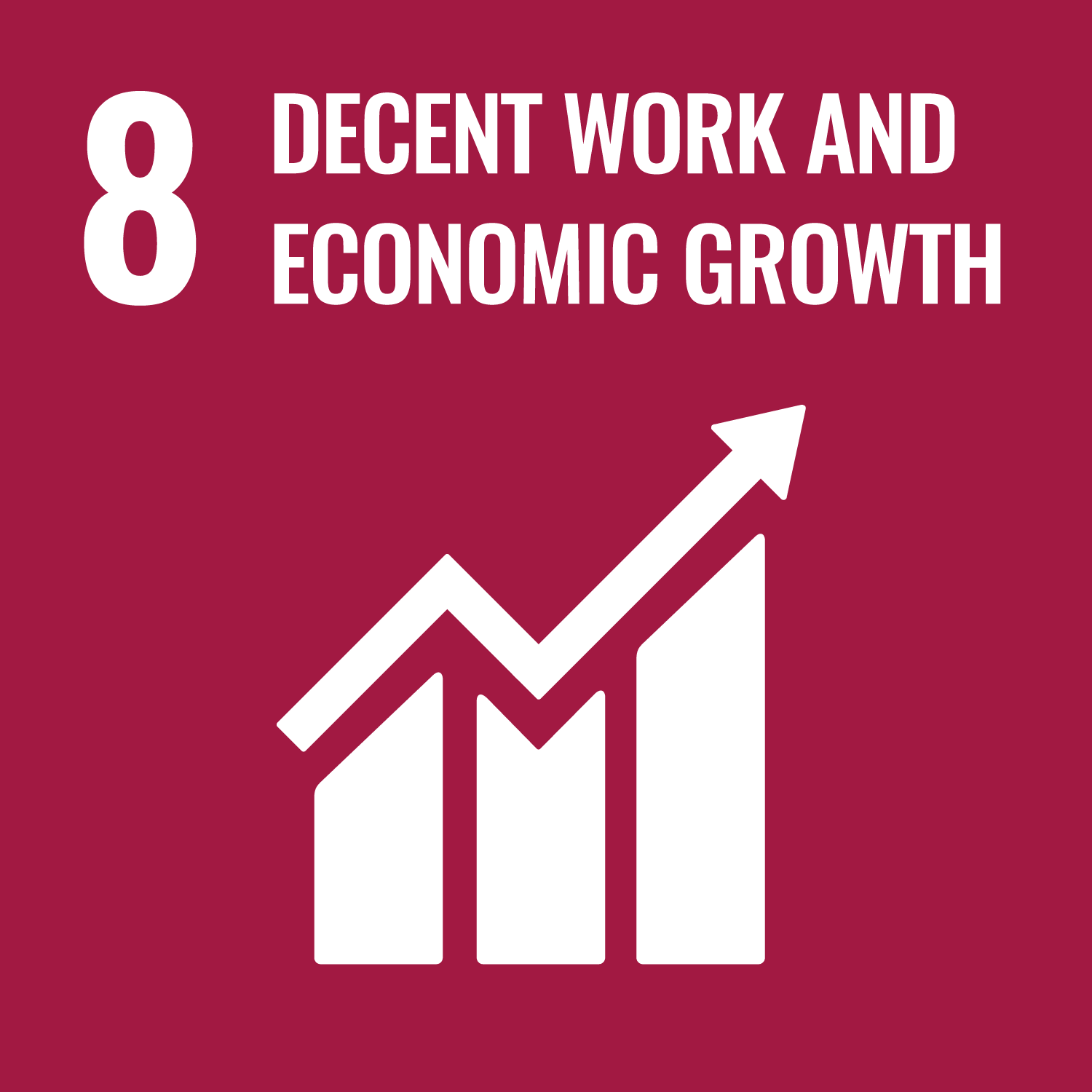This course is limited to students in their 3rd or 4th year of their university studies.
Students will learn to use different databases in gathering information from reliable internet sources, referencing details, understanding the importance and criticality of plagiarism in research. You will also learn IMRD abstract of the research article (RA) structures based on MOVEs and critically analyze them and summarize the key points of RA. You will also learn to identify the gap or the niches in previous research through critical analysis for their own research. You will also practice formulating RA based on their original research work conducted with their individual supervisors.
Professors: Dr. Umamaheswari Rajagopalan (11 weeks), Dr. Jimmy Aames (14 weeks)
Students will learn to use different databases in gathering information from reliable internet sources, referencing details, understanding the importance and criticality of plagiarism in research. You will also learn IMRD abstract of the research article (RA) structures based on MOVEs and critically analyze them and summarize the key points of RA. You will also learn to identify the gap or the niches in previous research through critical analysis for their own research. You will also practice formulating RA based on their original research work conducted with their individual supervisors.
Professors: Dr. Umamaheswari Rajagopalan (11 weeks), Dr. Jimmy Aames (14 weeks)
This course is meant for students to engage in writing confidently on research articles (RAs). Students will be reminded of
the norms in academic writing needed for publishing in research journals. The students should be able to logically write emphasizing
the main points of their research. Students will be able to read a RA critically through deconstructing RA for the main research
questions, approach taken, the main emphasis points claimed and weakness of the research articles.
| Goals and objectives | Course Outcomes | |
|---|---|---|
| 1. | Students will be able to understand the parts of RAs and referencing details and software available for referencing |
A-1
|
| 2. | Students will be able to understand the existence of different types of RA and be able to deconstruct research articles into different sections |
A-1
|
| 3. | Students will be able to read critically the research article and summarize the details of the research article |
A-1
|
| 4. | Students will be able to write a research article of their own research |
A-1
|
| 5. | Students will be able to practice peer review through exchanging the research article and give critical comments |
A-1
|
| Deconstruction of a RA into MOVEs | Construction of a IMRD RA | Total. | |
|---|---|---|---|
| 1. | 10% | 10% | 20% |
| 2. | 10% | 10% | 20% |
| 3. | 10% | 10% | 20% |
| 4. | 10% | 10% | 20% |
| 5. | 10% | 10% | 20% |
| Total. | 50% | 50% | - |
| Class schedule | HW assignments (Including preparation and review of the class.) | Amount of Time Required | |
|---|---|---|---|
| 1. | Introduction to syllabus, grading, and class rules; Write on research interests Understanding writing as communication to meet the expectations of the reader. |
Collecting relevant research articles, selecting abstracts and preparation for quiz in class (vocabulary) |
120分 |
| 2. | Reviewing & analyzing articles in your field of research to understand structure and differences between general science writing and research writing. | Assignment: Bring general articles and scientific research articles | 120分 |
| Preliminary exercises to analyze articles' structure | 60分 | ||
| 3. | Continuing analysis of articles in your field and strategies for communication. How forms of verbs align with different purposes & functions Passive & active voice, referring to previous research |
Analyze components of research article, paying special attention to verb forms | 120分 |
| 4. | Will be introduced to the MOVEs concept and breaking down of abstracts in class into MOVEs | Assignment: Prepare outline of abstract | 90分 |
| Prepare thought experiment for constructing abstract | 90分 | ||
| Deconstruction of abstracts into MOVEs | 100分 | ||
| 5. | Peer checking of deconstructed abstracts and attempt to write one abstract Abstract writing and introduction of Swalesian MOVEs and deconstruction of abstracts and tenses of grammar. Understanding the other parts of research articles; deconstruct introduction and find the MOVEs of background, research methods used, niche |
Analyze introduction into MOVEs | 120分 |
| 6. | Will be introduced to methods or procedures and their MOVEs | Analyze methods into MOVEs | 100分 |
| Review material on methods/procedures to prepare for writing in class | 60分 | ||
| Write method or procedure for own thought experiment | 120分 | ||
| 7. | Understand making bibliography using referencing software | Search for and bring reference materials | 90分 |
| Prepare a reference list and review the different formats involved | 100分 | ||
| 8. | Will be introduced to results with examples from research papers | Practice desconstructing results into MOVEs | 120分 |
| 9. | Go through the examples of description of graphs and images Figure preparation and their captions and understand the reviewing process |
Deconstruct results into MOVEs | 190分 |
| 10. | Students will construct research article in class discussing with teacher | Construct research article based on discussion with professors | 160分 |
| Go through the reference materials based on MOVEs | 60分 | ||
| 11. | Students introduce their thought experiment and the results | Students continue writing | 200分 |
| 12. | Students introduce their thought experiment and the results | Students continue writing | 240分 |
| 13. | Students introduce their thought experiment and the results; Feedback to class on research writing and the difficulties involved. | Students continue writing | 240分 |
| 14. | Continuing Feedback and instructions for final report; Writing grant applications |
Final feedback to class on research writing and the difficulties involved. |
150分 |
| Total. | - | - | 2650分 |
| A:Fundamental Mechanical Engineering | B:Advanced Mechanical Engineering | C:Environment and Materials Engineering | D:Chemistry and Biotechnology | E:Electrical Engineering and Robotics | G:Advanced Electronic Engineering | F:Information and Communications Engineering | L:Computer Science and Engineering | H:Urban Infrastructure and Environment |
|---|
Students are required to deconstruct a research article into MOVEs to form a model and then to write a research article for
a thought experiment. The final score is evaluated based on deconstruction (50%) and construction (50%). Credit will be
given only when the score is 60% or above out of 100% in total.
| ways of feedback | specific contents about "Other" |
|---|---|
| The Others | Students are given feedback in class both through peer check and from the professor. The professor will provide written feedback on the students' assignments. |
Will use the following books as reference: Science Research writing by Hilary Glasman-Deal (Imperial college press, London)
2010. Handbook of Technical Scientific writing by Perelman et al. (Mayfield pub., California) 1997. Swales and Feak, "Academic
Writing for Graduate Students: Essential Tasks and Skills (Michigan Series in English for Academic & Professional Purposes)
2012.
- Students are encouraged to fix an appointment thorough email
Email: uma@shibaura-it.ac.jp and aames@shibaura-it.ac.jp
- Course that cultivates an ability for utilizing knowledge
- Course that cultivates a basic interpersonal skills
- Course that cultivates a basic self-management skills
| Work experience | Work experience and relevance to the course content if applicable |
|---|---|
| N/A | N/A |


- 4.QUALITY EDUCATION
- 8.DECENT WORK AND ECONOMIC GROWTH
Last modified : Sat Mar 16 04:10:50 JST 2024
